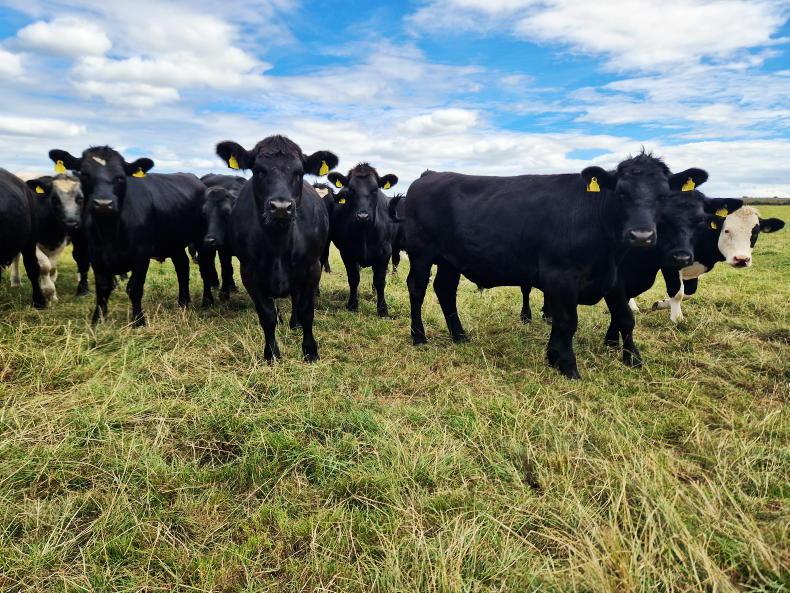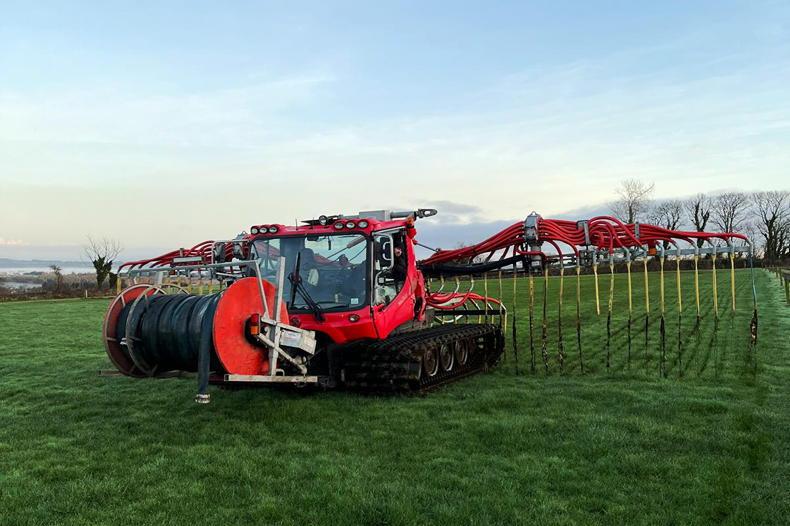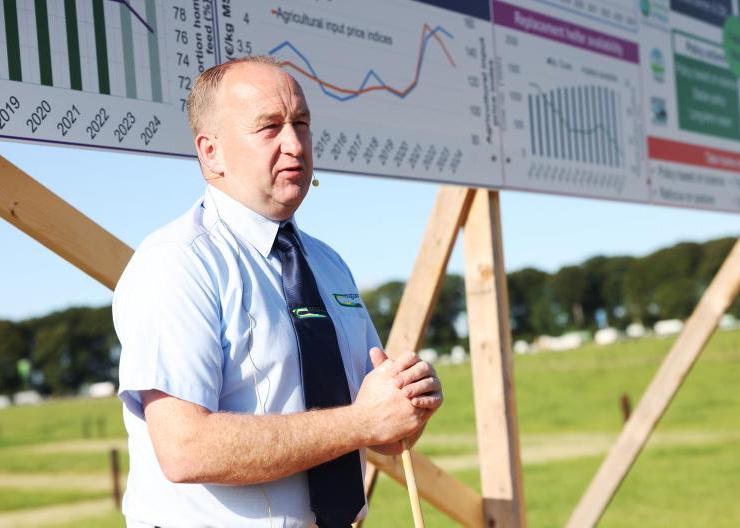It’s been an extremely challenging year to manage grass.
A wet March and April delayed turn-out and hampered grazing efforts and even the beginning of this month brought tricky grazing conditions.
While it might seem a little mad to think it, ground conditions in some parts of the country are edging towards being too dry, with rainfall accumulations of less than 1mm recorded in the past week.
This stress will increase, with most areas set to receive less than 1mm of rain over the next seven days.
Soil moisture deficits
Soil moisture deficits (SMD) are running at 10mm to 20mm in the northwest and 20mm to 40mm elsewhere at the moment, with forecasts of rising SMD to reach 60mm in the coming week in areas of the southeast.
What does this mean for growth? When SMD goes above 50mm, it's unlikely that traditional ryegrass swards will grow above 50kg DM/ha.
Multi-species swards seem more resistant to soil moisture deficits, with their deeper root system.
What to do
While it’s not time to hit the panic button yet, farmers on drier soils should be mindful of their actions surrounding grassland management in the next couple of weeks.
While grass is still growing well, keep up to date with fertiliser application to prevent stressing of the plant.
Average farm cover should not dip below 550kg DM/ha for any farm enterprise or 150kg DM/LU.
This should ensure that you are not rapidly eating through the farm cover, which would further deplete growth. The old mantra ‘grass grows grass’ needs to be remembered here.










SHARING OPTIONS